The politics of India works within a set of rules contained in the constitution. India is a democratic republic and President of India functions as the head of the state and the role of Prime Minister is to head the government. India follows a double government that is federal which consists of the central government and state government. The constitution indicates the rights, duties, powers, and limitations of both the central and state governments, and it is well recognized and considered supreme by the law of the nation.
You should be well known to the leaders who head the country and plays a crucial role in the smoothly functioning of the government. On our website, you will get to know about the President of India, Vice President, Prime Minister along with other politicians in power that are working on the position of a cabinet minister and chief minister under the government of India.
Let’s dive in to find out more!
President of India
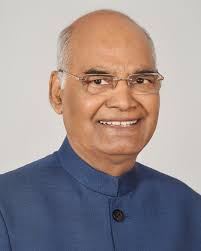
The President of India is the ceremonial head of the state of India as well as the head of the Indian Armed forces. The president is elected indirectly with election comprising the parliament of India, both houses and as well as the legislative assemblies of Indian states and Union territories.
Ram Nath Kovind is the 14th current serving President of India, in office since 25 July 2017. He was born on 1 October 1945 in Paraunkh, United Provinces, and British India, youngest of five brothers and two sisters. His father’s name is Maikulal Kovind. Ram Nath Kovind joined BJP in 1991.
Vice President of India
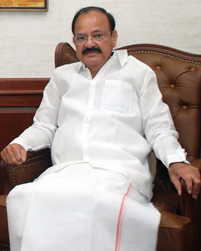
The second-highest constitutional office after the President of India is the Vice President of India. He or she acts as president in the absence of president due to death, resignation, impeachment, or other situations. He is also ex officio Chairperson of the Rajya Sabha.
Muppavarapu Venkaiah Naidu is an Indian Politician and currently appointed Vice President of India and also the Chairman of the Rajya Sabha, present in office since 11 August 2017. Earlier he served as the Minister of Housing and Urban Poverty Alleviation, Urban Development and Information and Broadcasting in the Modi Cabinet. He is one of the prominent leaders of the Bharatiya Janata Party. He was born on 1 July 1949 at Chavatapalem; Nellore District of Madras State, currently in Andhra Pradesh, to Rangaiah Naidu and Ramanamma.
Prime Minister of India
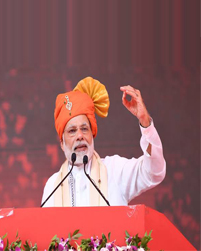
The prime minister of India is the leader of the executive Government of India. He is the chief advisor to the President of India and the head of the Council of Ministers. He is the senior-most member and has the right to dismiss members of the cabinet; allocates posts to members within the government; and is the presiding member and chairperson of the cabinet.
Narendra Damodardas Modi is currently serving the 14th Prime Minister of India since 2014. He was Chief Minister of Gujarat 2001 to 2014 and a Member of Parliament from Varanasi. Narendra Modi is a member of the Bharatiya Janata Party (BJP) and a Hindu nationalist volunteer organization Rashtriya Swayamsevak Sangh (RSS). He is the first prime minister outside the Indian National Congress to win two consecutive terms with full majorities after completely his tenure.
Cabinet Ministers of India
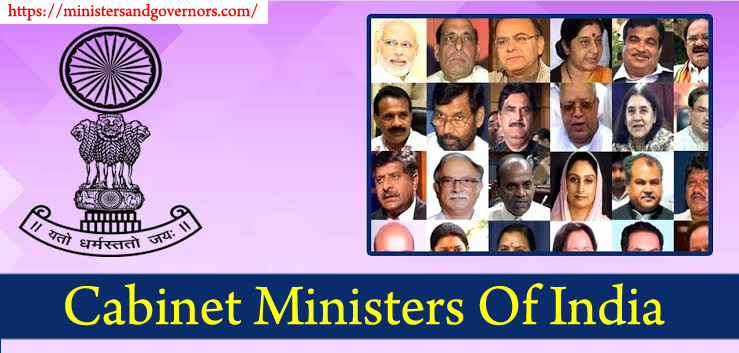
The Union Council of Ministers functions as the executive authority in the Republic of India. It consists of senior ministers, called ‘cabinet ministers‘, junior ministers, and called ‘ministers of state’ and, rarely, deputy ministers. It is controlled by the Prime Minister of India. It is the smaller executive body also known as the Union Cabinet and other supreme decision-making bodies as per the constitution.
There are 58 ministers in the Prime Minister Narendra Modi 2.0 cabinet. Shri Amit Shah as the Ministry of Home Affairs, Shri Raj Nath Singh as the Ministry of Defence, Shri Nitin Jairam Gadkari heads the Ministry of Road Transport and Highways and Ministry of Micro, Small and Medium Enterprises and many more.
Chief Ministers of India
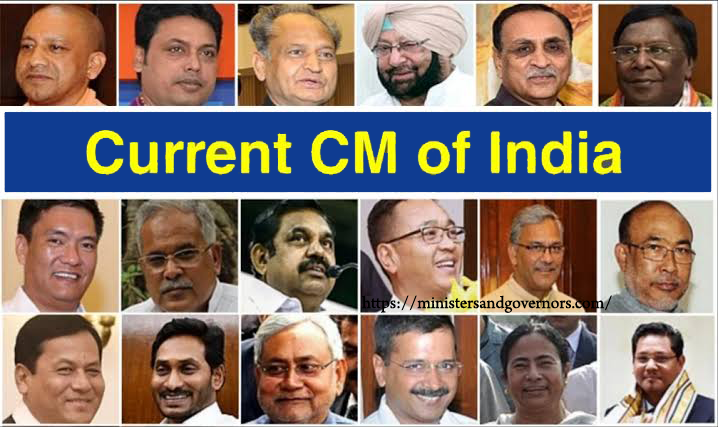
In the Republic of India, the role of a chief minister is to head the government in the state. As per the Constitution of India, at the state level, the governor is de jure head, but de facto executive authority rests with the chief minister. There are 28 states in India and each has its own Chief Minister. The Chief Minister of Andhra Pradesh is Shri YS Jagan Mohan Reddy, Arunachal Pradesh- Shri Pema Khandu, Assam-Shri Sarbananda Sonowal, Bihar- Shri Nitish Kumar, Chhattisgarh-Shri Bhupesh Baghel, Delhi (NCT)-Shri Arvind Kejriwal and more.
Governors of India
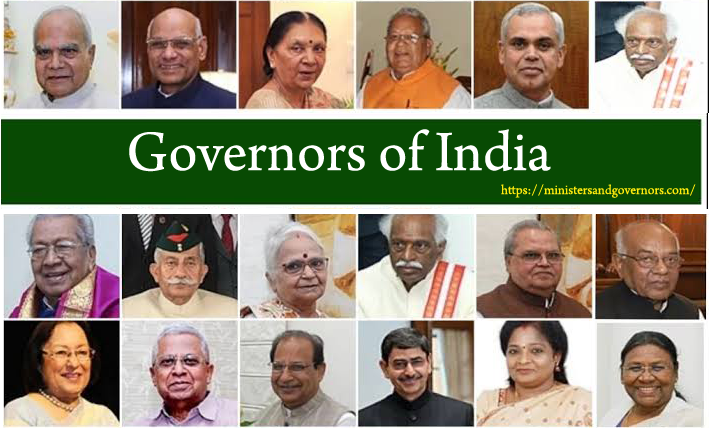
The governor is appointed by the President of India has a tenure of five years and holds President’s pleasure. The governor is de jure head of the state government and can take actions in the governor’s name. The governor Lieutenant Governors and union territories of India are assigned with same duties, functions, and power as that of President of India at Centre level.
Check out the State-wise Current Governors of India. The Governor of Andhra Pradesh- is Biswabhusan Harichandan, Arunachal Pradesh- Brig. B.D Mishra (RETD.), Assam-Prof. Jagdish Mukhi, Bihar-Phagu Chauhan, Chhattisgarh- Anusuiya Uikey, Goa-Mridula Sinha and more for each state and UT.